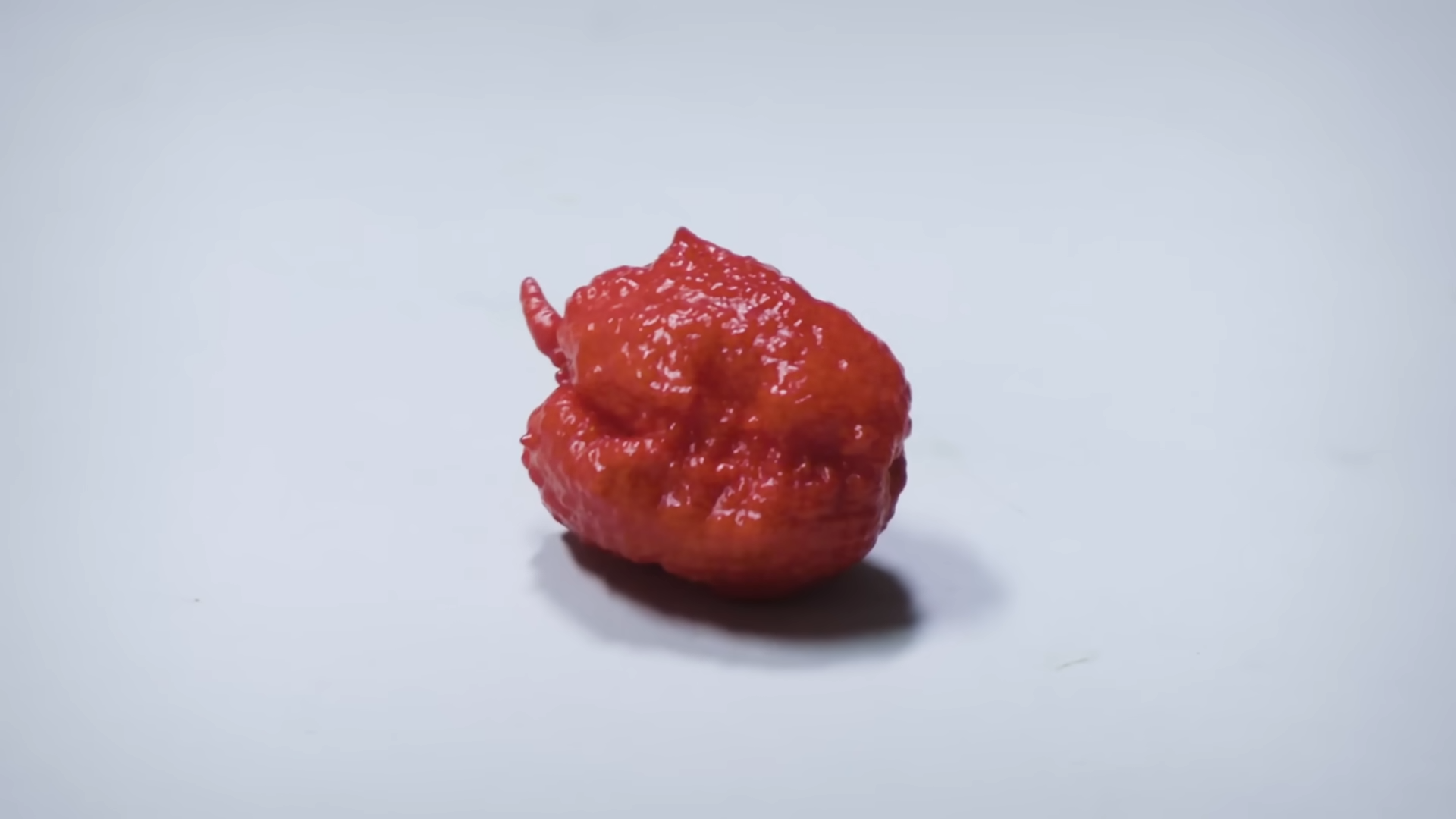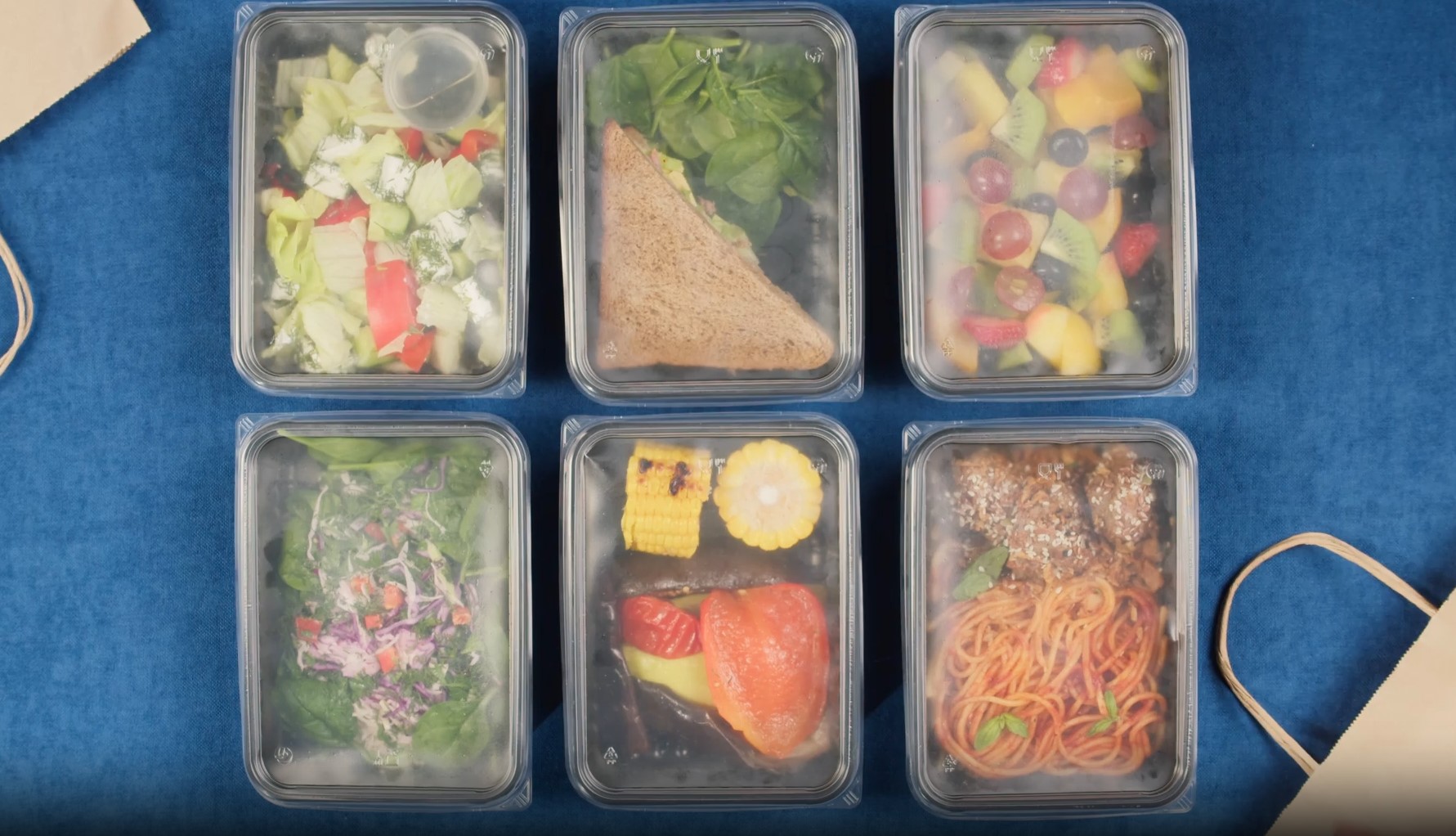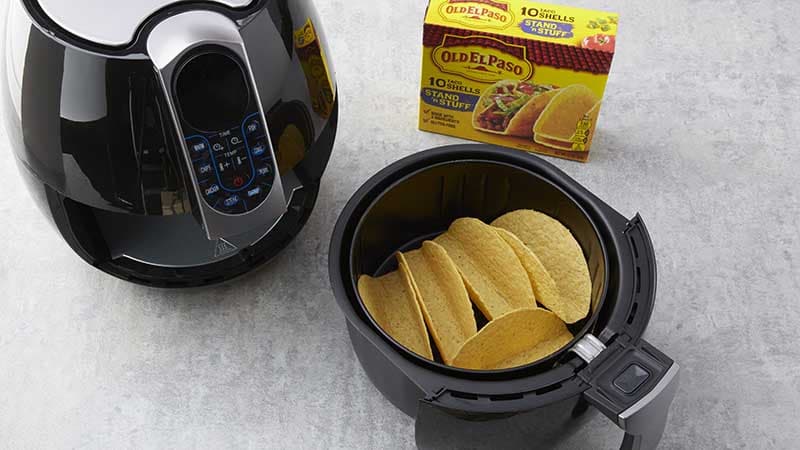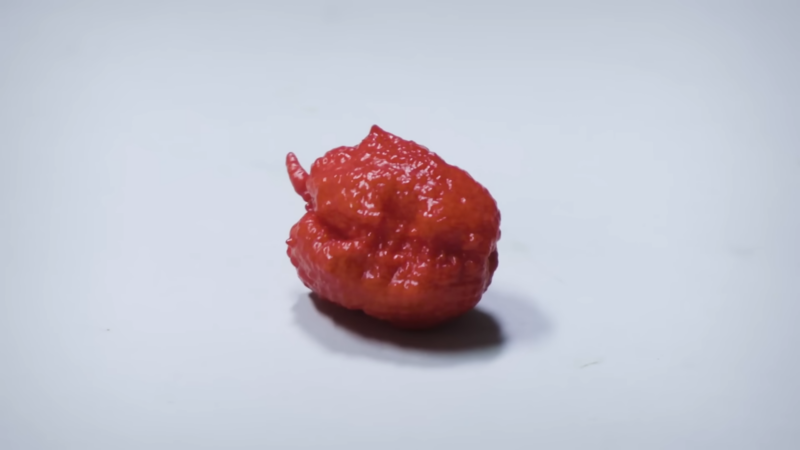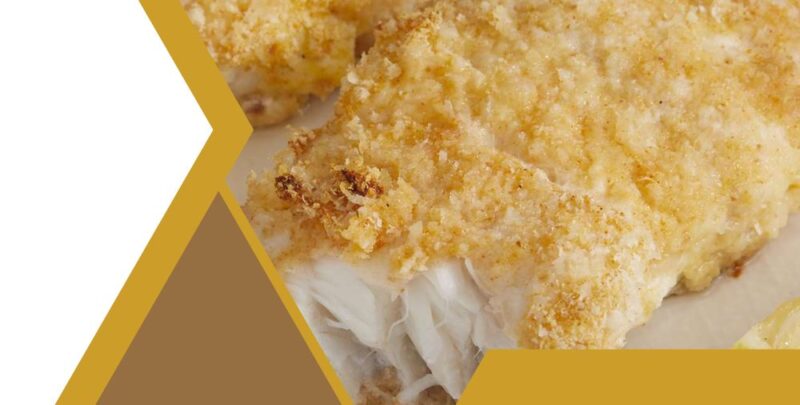
If you know what a walleye tastes like, you must be a fish lover and a seasoned angler as well. Noted as a popular game fish, walleye tops the rating as the tastiest among all the freshwater fish ever tasted. Can you believe it? Then, what does walleye taste like?
Curiosity heightened, it’s time for a taste test!
Table of Contents
ToggleAre you familiar with walleye fish?
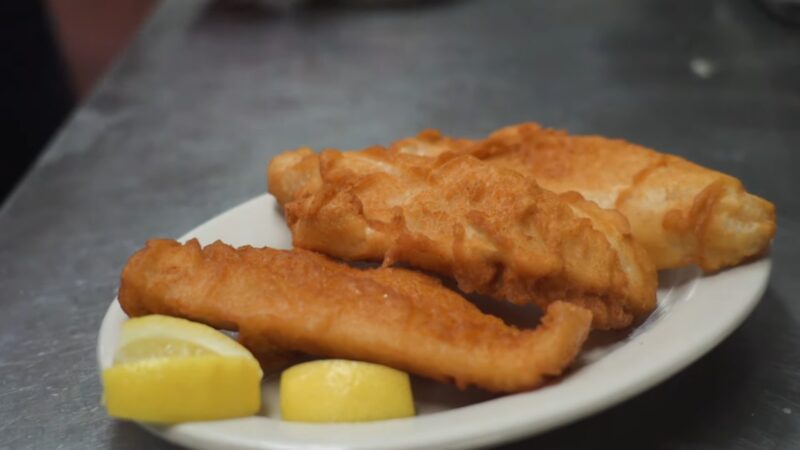
It’s quite embarrassing to admit that I haven’t seen a walleye fish for real. With my food adventure, I don’t doubt that I may have eaten one without realizing that it was a walleye fish. Hence, I took the time to learn all about the latter.
Now I know why walleye fish is a favorite. This freshwater fish is easy to clean and is large enough (an average of 9 kg.) to provide plenty of fish fillets! Do you know that it’s so meaty that you can cook it into various recipes?
A walleye meal can give you:
- 13 g of protein
- About 76 mg of sodium
- 55 mg of cholesterol
- A bit of fiber
- Vitamin A
That explains why this fish is a hit not only for recreational but for commercial purposes too. Every bite is truly worth it when you think about the nutritional benefits. And for you out there who’s on a diet, this meal is a go, go!
Health Benefits of Eating Walleye
Walleye is a popular freshwater fish that is known for its delicious taste and numerous health benefits. Here are some of the health benefits of eating walleye:
- High in Protein: Walleye is a great source of protein, which is essential for building and repairing muscle tissue, as well as maintaining a healthy immune system.
- Low in Fat: Walleye is also low in fat, making it a great option for people who are watching their calorie intake or trying to maintain a healthy weight.
- Rich in Omega-3 Fatty Acids: Walleye is a rich source of omega-3 fatty acids, which are important for maintaining heart health, reducing inflammation, and promoting healthy brain function.
- Contains Vitamin B12: Walleye is also a good source of vitamin B12, which is essential for the proper functioning of the nervous system and the production of red blood cells.
- Helps Maintain Healthy Vision: Walleye contains high levels of vitamin A, which is essential for maintaining healthy vision, as well as supporting immune function and cell growth.
- Good for Bone Health: Walleye also contains minerals like calcium and phosphorus, which are important for maintaining strong bones and teeth.
What does walleye taste like?

At last, I have asked for a walleye meal. The dish is so inviting it makes my tummy growl. The white flesh meat has a sweet, dense, juicy, and mild flavor. In one word, it is DELICIOUS. No other word can describe it better.
I’m not surprised why walleye is a favorite masterpiece for culinary fanatics. Any recipe for this fish meat can turn out to be a famous delicacy. It must be because of its savory taste and subtle flakes. I’m lucky to finally able to taste one; mind you, this comes so expensively in restaurants!
In comparison to other kinds of fish, the walleye has a superior and more exquisite taste. Besides, I love the fact that this face only has few bones. I guess it’s vital to pick the right recipe that complements the natural taste of walleye.
For this taste test, I enjoyed a comforting meal of crunchy fried walleye fish fillets. For me, this is the right way to cook it so I can savor the natural taste of the meat. I suggest fried and broiled recipes for a real taste. With other recipes, I guess the true taste will change because of other ingredients.
I’ve heard some commented that walleye is flavorless. But I don’t really stop by just appreciating the taste. Have you noticed the texture of its meat? Well, it’s simply superb!
Just a dash of salt and pepper and it’s ready for cooking! In case you like to know how to do it, here is a video of a quick tutorial for pan-fried walleye fish fillets.
If you’re curious about the flavor of lamb, there’s a website that can give you some insights on different types of meats and their taste profiles.
Where can you buy a walleye?
Take note that you may be able to buy walleye from the supermarket, but its abundance originates in the inland lakes of Canada. Experts believe that those that come from small lakes have the best taste. The locals sometimes call this fish Pickerels. Yet, don’t be fooled.
Pickerels and walleye are utterly different. Although they look almost the same, Pickerels has a silver color at the belly portion and green near the fins. Walleye, in contrast, got round bellies and golden-colored scales. For the upside, they both have white meat that is priceless in every bite.
Being in the tropics, this means it’s difficult for me to catch one, or even eat a fresh one. Most likely, I can only enjoy frozen walleye from the nearest supermarkets.
Alaskan Walleye
I found it relevant to mention to avoid confusion. The Alaskan walleye is often mix-up to our freshwater walleye. Well, to clarify, Alaskan walleye comes from the seas.
They may appear to be alike, but I tell you, their taste is distinctly different. What’s more astounding is both fish don’t even belong to the same family. Now that I have mentioned it be careful not to be deceived!
How to store a walleye properly?
Do you know that storage is a big factor to keep the freshness and the taste of a walleye? Proper handling plays a huge role in having the best meal. You need to maintain its excellent condition to retain its nutrient content. Refrigerate your walleye meat at 35 degrees F.
For those who need a little extra help in the kitchen, there’s a resource available that provides useful cheat sheets to simplify cooking techniques and methods.
I discourage the use of ice directly to prevent the meat from soaking of dripping water. I suggest placing the fish inside a perforated pan before putting ice. This way, the water will drain through the holes.
Be aware that the longest possible time that you can store a walleye is a maximum of seven days. Fillets, however, are only good for around three days upon storage. Yet for frozen meats, it can be stored up to a year or so. I guess this is because sadly, walleye are now in danger of being extinct.
What other methods of preparation do walleye taste best?

As expected, I rarely stop on the first try. After devouring a fresh fried walleye, I did a taste test hopping. Yeah, but how can I tell you which is the best recipe if I don’t?
After a busy eating activity from here and there, I can finally suggest some methods that I consider excellent for a walleye taste. Try to experiment and tell me later what you think.
Baked Walleye
Baking is another perfect way of cooking a walleye aside from fried and broiled. It keeps the naturally sweet flavor of the meat, making it crunchy in the exterior and soft in the inside.
Try to look at this:
Grilled Walleye
Are you more on the outdoor type of dining? Grilled walleye is perfect for outdoor meals. You may find it hard to look for a suitable fillet size for grilling, but I am sure you will not regret giving extra effort to have one. The taste is extraordinary, am I right?
Roasted Walleye
You might find roasting as somewhat outdated especially when making use of a spit. But that’s the reason why roasting is unique. It gives the meat a richer and most flavorful taste. The method is easy and straightforward.
Walleye Fishcake
I know I wouldn’t be able to make this recipe. It’s way too complicated for me. But I’m good at eating it, in fact, it really was so yummy I can still taste it.
Walleye Cooking Tips:
Some practical tips from a curious me that I find helpful if you try cooking walleye.
- If you want to taste the natural flavor of walleye, limit your seasoning to pepper and salt. Fresh walleye meat is tasty no matter what the method of cooking is.
- Serve it with your favorite side dish, and vegetables.
How to Reduce the Fish Taste of Walleye
The best option is to catch the fish yourself or get it from a reputable seller. Fishiness increases as the fillets age.
For a milder-tasting fish, pour half a cup of vinegar into a bowl and add the fish. Mix it thoroughly to completely coat the fillets then transfer the fish to a tray or dish. Refrigerate for 30 minutes and allow the vinegar to absorb. The result will be a fish with less fishy flavor.
FAQ
Is walleye high in mercury?
Walleye is a type of freshwater fish that is generally considered to be low in mercury compared to many other types of fish. This is because walleye is a smaller fish and lower on the food chain, which means it tends to accumulate less mercury in its tissues.
However, the exact mercury levels in walleye can vary depending on a number of factors, such as where the fish was caught and its size. It is generally recommended that pregnant women, nursing mothers, and young children should limit their intake of walleye and other fish to reduce their exposure to mercury.
It is always a good idea to check with your healthcare provider or a qualified nutritionist for specific dietary recommendations.
Can you eat the skin on a walleye fillet?
Yes, you can eat the skin on a walleye fillet. In fact, the skin of a walleye is thin and delicate, and it can add a pleasant crispy texture to the fillet when cooked. The skin of a walleye also contains healthy omega-3 fatty acids, which are beneficial for heart health and brain function. However, make sure to clean the skin thoroughly before cooking and remove any scales or bones.
Conclusion:
Now I know that walleye provide a famished tummy with a great meal and offers a delicious and satisfying taste for the family. Handling and storage play a considerable role in maintaining the quality of the meat while choosing the right kind of recipe boosts the flavor of the dish.
Walleye are not only tasty but nutritious as well. I guess my food adventure was worthwhile after all. How about you? What does walleye taste like?
Related Posts:
- From Earth to Plate: A Culinary Adventure into the…
- What Does Lamb Taste Like? Know This Before You Try!
- What Does Mackerel Taste Like: What's the Buzz About?
- What do Lentils Taste Like? What Should I Expect? -…
- What Do Anchovies Taste Like: A Flavor Expedition
- 6 Culinary Arts Scholarships 2023-24: A Taste of Success



